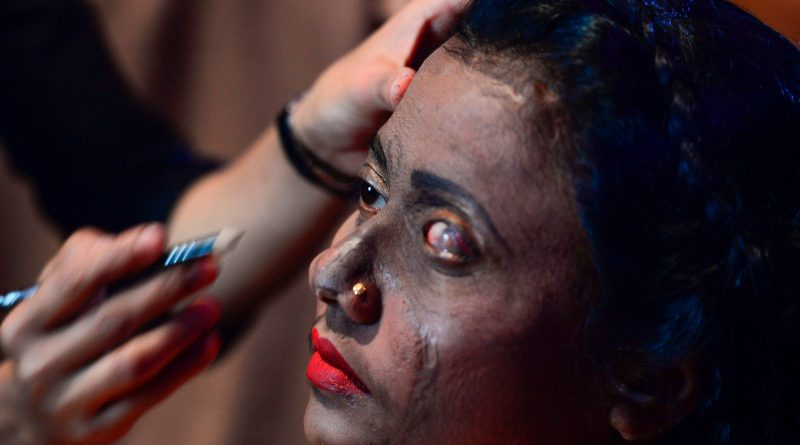Paragraph: Acid Throwing
Acid throwing is beyond question a henious social crime. It is increasing day by day. Usually the young boys, mostly unemployed, looking for job as a security of life, choose this henious social crime. It is increasing day by day. Usually the young boys, mostly unemployed, looking for job as a security of life, choose this henious way. Sometimes, the dowry hunter husbands throw acid to their wives. People throw acid to the weaker sex mainly for two reasons. one is family enmity, and the other is the rejection of love. if two families get into enmity on any issue, often one of them takes the path of savage vengeance and throws acid to the women and children of the opponent side. Similarly, if any youth is rejected in his love by the girl he loves, he also may throw acid to the girl. The victims suffer a lot as acid anguish. It takes a long time to recover it. The damage is incurable. The place of the body becomes disfigured forever. Even the victims, however, recover from physical pain, the painful experience can never be forgotten. Sometimes the victim can lose her important organ forever. for example, if acid is thrown on the eyes, the victim can be blind forever. So, it is high time we took all out steps against the vicious acid throwers. The Government must also take punitive action against the acid throwers. The involved criminals should be tried in summary trail and must be awarded death sentence. Government, non-government and socio-cultural organizations should come forward to launch campaign against this crime.
Word Meaning :
| English | বাংলা |
| 01. Beyond Question
02. Henious 03. Unemployed 04. Security 05. Enmity 06. Rejection 07. Issue 08. Savage 09. Vengeance 10. Opponent 11. Similarity 12. Victims 13. Indescribable 14. Anguish 15. Recovered 16. Incurable 17. Disfigured 18. Painful 19. Experience 20. Vicious 21. Punitive 22. Campaign |
০১. প্রশ্নাতীত
০২. জঘন্য ০৩. বেকার ০৪. নিরাপত্তা ০৫. শত্রুতা ০৬. প্রত্যাখ্যান ০৭. বিষয় ০৮. পাশবিক ০৯. প্রতিশোধ ১০. বিরোধী ১১. একইভাবে ১২. শিকারগণ ১৩. অবর্ণনীয় ১৪. যন্ত্রণা ১৫. সুস্থ ১৬. অনারোগ্য ১৭. বিকৃত ১৮. যন্ত্রণাদায়ক ১৯. অভিজ্ঞতা ২০. লম্পট ২১. শাস্তিমূলক ২২. অভিযান |

